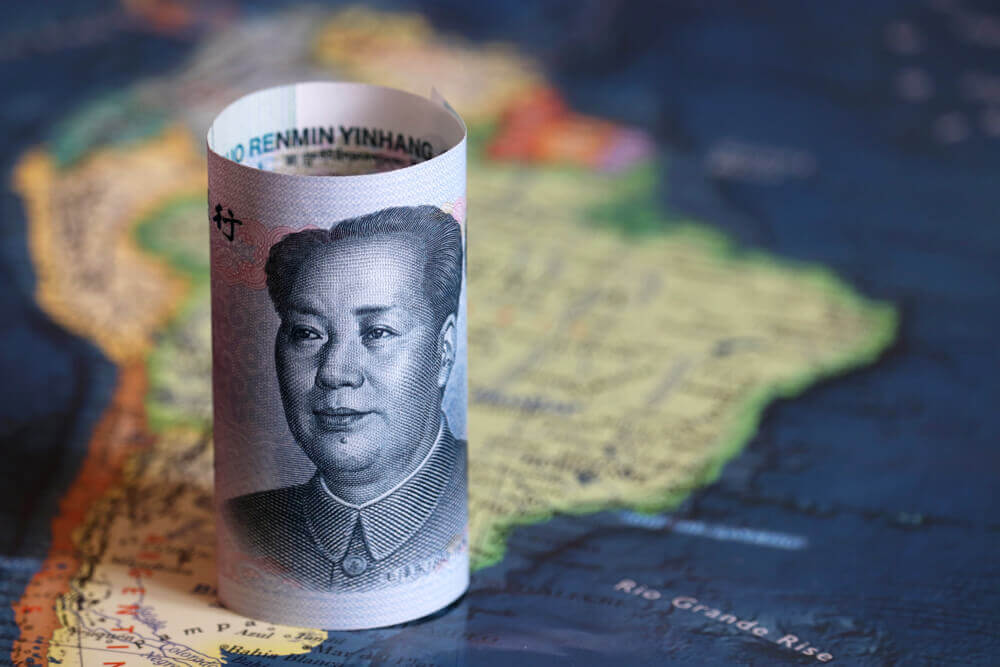The Chinese Yuan: Navigating Volatility
Chinese Yuan has been making headlines in the financial world, captivating the attention of economists, investors, and analysts alike. With its increasing prominence on the global stage, the Yuan has become a pivotal currency with the potential to reshape the international and Chinese financial landscape.
The Yuan is the official currency of China and plays a crucial role in the country’s economic growth and global trade. Its value and fluctuation are closely monitored by financial institutions worldwide, reflecting China’s economic strength and its influence in the global market. As the world’s second-largest economy, any changes in the Yuan have far-reaching implications for global trade, investment, and financial stability.
China has made significant efforts to internationalize the Yuan, aiming to challenge the dominance of the US dollar in global transactions. The Chinese government has taken steps to promote the Yuan as a reserve currency, expanding its use in international trade settlements and establishing bilateral currency swap agreements with various countries.
However, despite these ambitious endeavors, the Chinese Yuan faces an uphill battle. As the financial world closely watches the trajectory of the Yuan, its fate is intertwined with broader geopolitical and economic developments. The outcome of China’s efforts to strengthen the Yuan and promote its internationalization will have profound implications for global financial markets and the balance of power in the international monetary system.
In this ever-evolving landscape, the Yuan remains a focal point of speculation and analysis, attracting attention from experts and investors as they seek to decipher the currency’s future path.
Yuan to GBP and the Bank of China Exchange Rate
Amidst evolving trade dynamics and geopolitical factors, the Yuan to GBP exchange rate has become a key point of interest for investors looking to capitalize on currency fluctuations. As the Bank of China oversees exchange rate management, it plays a crucial role in shaping the Yuan’s trajectory in the global marketplace.
The Bank of China exchange rate policies and interventions have been closely monitored by market participants, including Goldman Sachs, as mentioned in a recent Bloomberg article. Despite pushback from the People’s Bank of China (PBOC), Goldman Sachs predicts that the Yuan may continue to face challenges in the near term, highlighting the importance of understanding the underlying dynamics at play.
Pound To Yuan Rate And Yuan To USD
A Tale of Exchange Rate Dynamics Fluctuations in the Pound to Yuan rate and Yuan to USD has significant implications for global trade and investment. As currency exchange rates continuously evolve, staying abreast of the latest trends becomes essential for businesses and investors seeking to optimize their financial strategies.
The relationship between major currencies, such as the Pound and the Yuan, is influenced by a myriad of factors, including trade imbalances, geopolitical tensions, and monetary policies. Understanding the dynamics of these interactions provides valuable insights into the potential risks and opportunities associated with investing in the Chinese Yuan.
What’s The Buzz Surrounding The Chinese Yuan?
The current hype stems from a notable player on the international stage—Russia. Faced with stifling Western sanctions following its invasion of Ukraine, Russia has sought refuge in the Yuan, aiming to distance itself from the dominant dollar and euro. This move, driven by necessity, has sparked a chain reaction, with other nations also eyeing the Yuan as an alternative in trade settlement.
Russia’s compelling need to de-dollarize and de-euroize its trade has prompted a surge in the use of the Chinese Yuan. With the Russian economy strangled by economic measures from the G-7 countries, the search for alternatives became a priority. Brad Setser, a former senior advisor to the US trade representative, acknowledges the increasing utilization of the Yuan by Russia and emphasizes China’s determination to expand its currency’s reach in international trade.
China’s efforts to internationalize the Yuan have further fueled the excitement. An array of countries, including Bangladesh, Saudi Arabia, India, Brazil, Argentina, Pakistan, Iraq, and Bolivia, have either engaged in Yuan-denominated transactions or expressed their willingness to do so soon.
Navigating the Chinese Yuan: Challenges, Opportunities, and Global Currency Dynamics
The Chinese Yuan continues to navigate through a complex web of challenges and opportunities within the global currency markets. As highlighted by Goldman Sachs, despite the pushback from the People’s Bank of China, the Yuan’s path remains uncertain. However, its prominence as an important global currency cannot be denied.
Investors and traders seeking to engage with the Chinese Yuan must remain vigilant, closely monitoring key indicators such as the Yuan to GBP and Yuan to USD exchange rates. With a thorough understanding of the market dynamics and guidance from institutions like the Bank of China, opportunities to capitalize on the Yuan’s volatility and its implications for global trade can be explored.
In an era of interconnected economies, the Chinese Yuan serves as a crucial bridge between nations. As global financial markets evolve, the fate of the Yuan intertwines with that of other major currencies. By staying informed and adapting to emerging trends, investors can position themselves to navigate the intricacies of the Yuan and seize potential opportunities in today’s dynamic global currency landscape.
The post The Chinese Yuan: Navigating Volatility appeared first on FinanceBrokerage.

